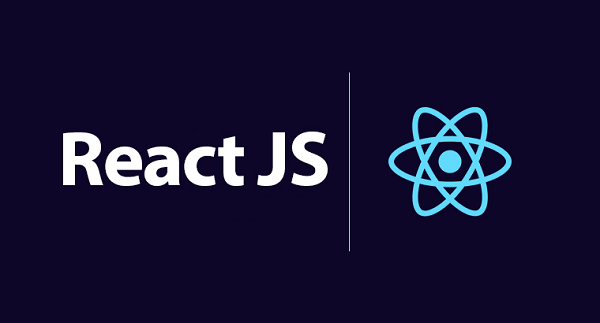20210418 Update - Custom hooks - context.js20210514 Update - Custom hooks(input)

본 포스팅 내용은 과거에 개인적으로 공부할때 정리했던 ReactJS의 내용을 복습의 목적으로 다시 정리하는 포스팅입니다.
실습 Repository : https://github.com/LeeHyungi0622/react-basic-projects/blob/master/sidebar-modal/src/context.js
ContextAPI의 사용 & Custom Hook(useContext + React.createContext)
여지까지 ContextAPI를 모든 하위 컴포넌트들의 상위 컴포넌트에서 정의해서 사용했었는데, 이 ContextAPI부분을 별도의 파일로 정의를 해서 사용할 수 있다.
이렇게 별도의 context.js파일로 작성해서 관리를 하면 코드를 좀 더 가독성 좋게 만들 수 있는 것 같다.
그리고 ContextAPI에서 전달하는 값을 사용하는 하위 컴포넌트들에서는 매번 useContext를 import해서 인자로 React.createContext() 객체를 인자로 넣어서 값을 호출해서 사용하였는데 이 부분은 별도의 custom Hook으로 정의해서 사용을 할 수도 있다.
(custom Hook을 만들어서 사용할때에는 함수의 이름에 접두사 use를 꼭 붙여줘야 한다.)
context.js
1 | import React, { useState, useContext } from 'react'; |
Strict 모드
StrictMode는 프로그램에서의 잠재적인 문제점을 밝혀내기 위한 도구이다. Fragment와 같이 StrictMode는 가시적으로 UI에 렌더링되지 않는다. StrictMode는 하위 요소에 대해서 추가적인 검사 및 경고를 활성화한다. (개발모드에서만 실행, Production build에는 영향을 주지 않는다.)
StrictMode를 사용하게 되면 아래의 항목들을 검사할 수 있다.
안전하지 않은 생명주기가 있는 구성 요소 식별 (레거시 라이프 사이클 메서드 -
componentWillMount, componentWillReceiveProps, componentWillUpate)레거시 문자열 참조 API 사용에 대한 경고
React에서는 refs를 관리하기 위한 두 가지 방법을 제공했다. (legacy string ref API, callback API) ref API는 콜백 API보다 상대적으로 편리하지만 몇가지 문제점이 있기 때문에 공식적으로 콜백 API 사용을 권장하고 있다.React 16.3버전부터 문제점이 개선된 ref API를 제공한다.1
2
3
4
5
6
7
8
9
10
11
12
13
14
15class MyComponent extends React.Component {
constructor(props) {
super(props);
this.inputRef = React.createRef();
}
render() {
return <input type="text" ref={this.inputRef} />;
}
componentDidMount() {
this.inputRef.current.focus();
}
}예기치 않은 부작용을 감지
레거시 컨텍스트 API 감지
onContextMenu 속성 (마우스 오른쪽 클릭 이벤트 속성)
보통은 마우스 오른쪽 클릭 이벤트가 사용되지 않지만 게임을 만들때 종종 사용된다.
action 객체와 reducer 함수의 작성
Action은 추상적으로 우선 작성하고 구체적인 구현은 reducer 함수에서 구현을 해준다.
React에서 상태관리는 controller의 위치를 기준으로 한다
React에서 상태관리는 controller의 위치를 기준으로 한다. (전역적으로 관리되는 상태의 경우에는 ContextAPI가 위치한 곳에서 정의) 예를들어 Home 컴포넌트와 Modal 컴포넌트가 있는데, modal 창이 열려있는지, 닫혀있는지에 대한 상태관리는 modal 창을 열고 닫게 하는 버튼이 위치한 Home 컴포넌트에서 관리를 한다.
20210514 Update
반복되는 input 부분을 custom hook으로 공통화 처리
useInput.js
1 | import { useState, useCallback } from 'react'; |